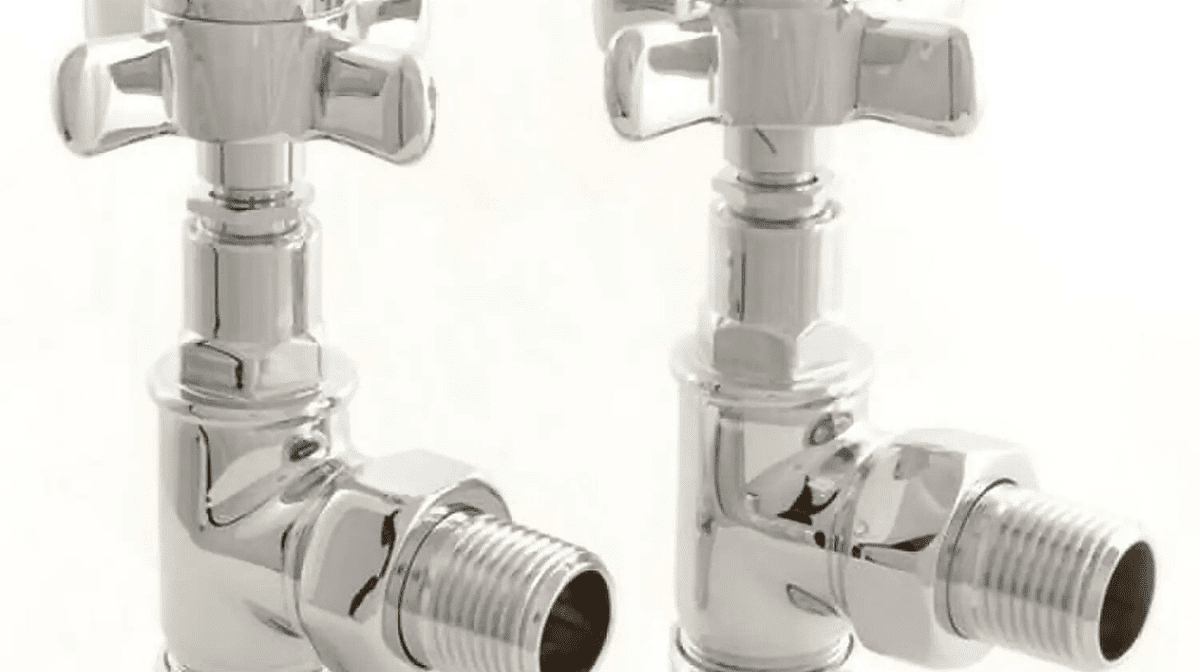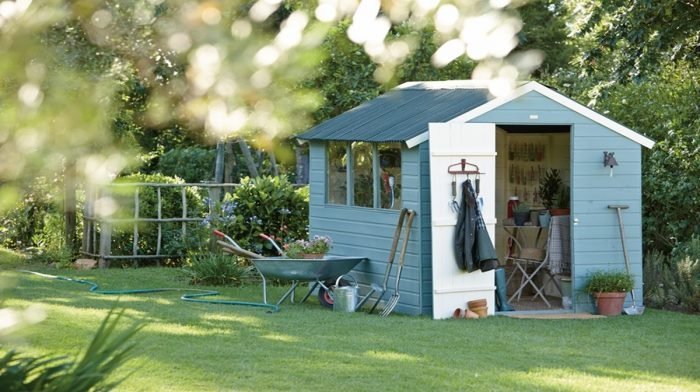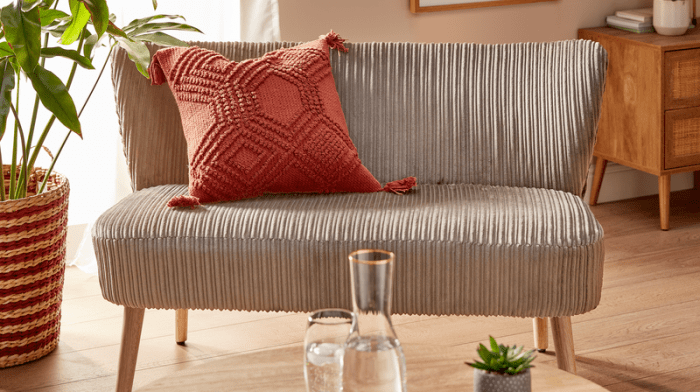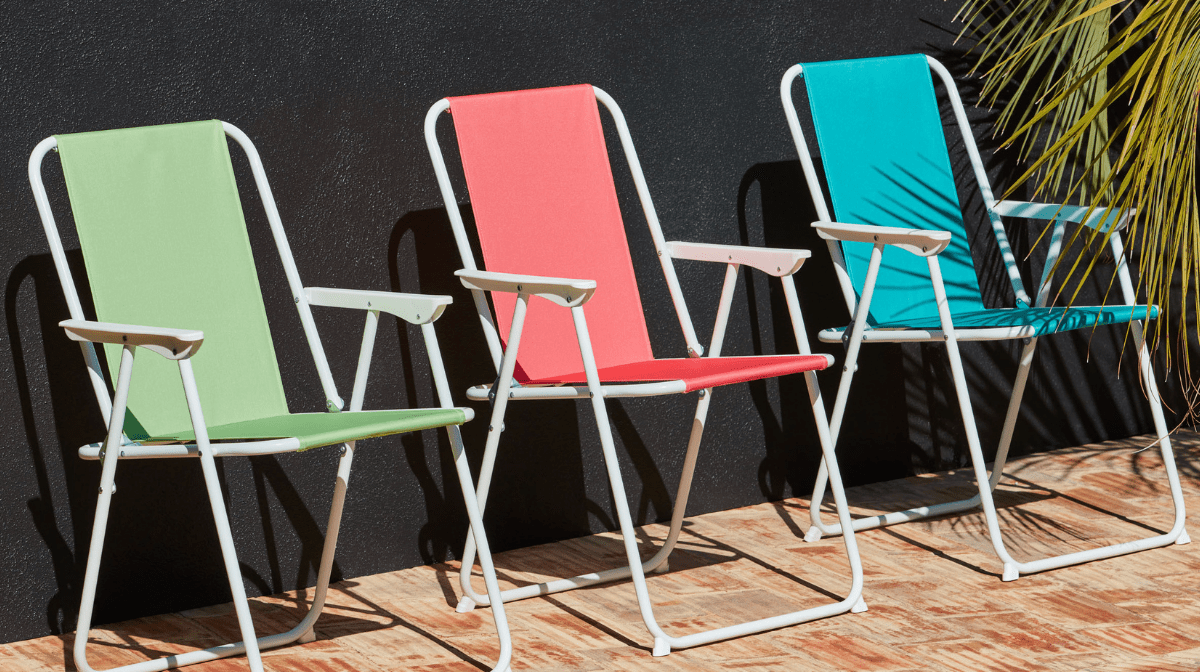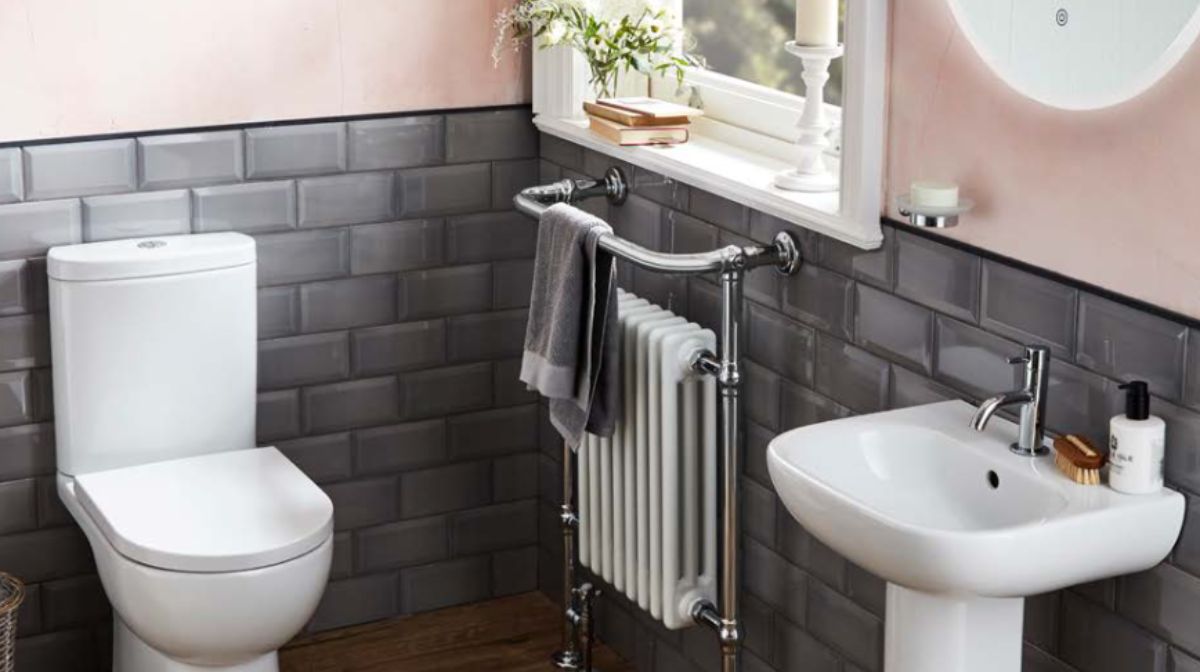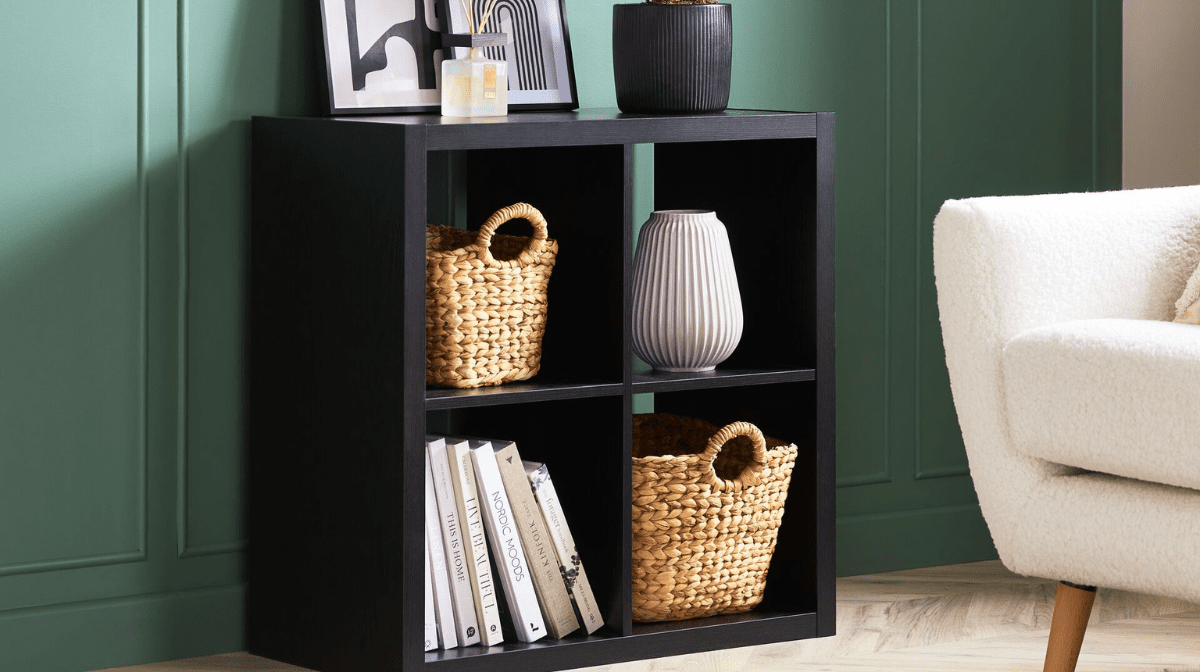More commonly known as TRVs, a thermostatic radiator valve is a handy addition to radiators you’ll want to know about whether you’re moving house or renovating.
In short, a thermostatic radiator valve is the part of the radiator that lets you control the temperature, they’re usually made of metal or plastic and situated above the pipe that allows water into the radiator.
In this guide we’ll talk through everything you need to know about thermostatic radiator valves and how they work.
How to adjust a thermostatic radiator valve?
They’re called a valve because you can set them manually to the heat level that suits you best. Adjusting them is very simple, you simply twist your thermostatic radiator valve into position – they’re usually numbered to correspond with the level of heat you’d like.
A ‘one’ symbol is typically the lowest level of heat and a ‘six’ the highest. Many will also have a snowflake symbol, which means switching the radiator off altogether.
How does a thermostatic radiator valve work?
As we’ve just mentioned, to work a thermostatic radiator valve you simply twist it into position. But what’s happening inside the radiator when you do this?
Basically, twisting the valve allows more or less water into the radiator generating different levels of heat. This will correspond with a thermostat system inside the radiator, allowing water in and out as appropriate to reach the desired temperature.
Using this system you can set different heating zones in your home. For example if the bottom floor is colder – as it often is as heat rises, you can set your thermostatic radiator valves higher here and lower on upper floors.
This also makes your radiators more cost effective than a centralised thermostat heating system – the less water you allow in, the less money you spend heating a room.
Can all radiators have thermostatic valves?
Yes, all radiators can be fitted with a thermostatic valve, but it’s best practice to leave one without. This would usually be in a room you know could benefit from permanent heat – for example a bathroom that constantly needs drying out.
Another thing to note is not putting your radiator without a valve in the same room as your thermostat. Especially if it has a smart feature that adjusts temperature automatically in your home. A radiator in this instance could trick your thermostat into thinking your home is warmer than it is.
Which side of the radiator do I fit thermostatic radiator valves?
Plenty of thermostatic radiator valves are now bidirectional, meaning they can be fitted on either side of your radiator. However, it’s always best practice to fit them on the side where water enters the radiator. If you don’t you may get some noise or movement when you adjust the valve.
If you’re unsure which side water enters your radiator get in touch with a professional, or visit us in-store and we’ll be happy to advise.
Are there different types of thermostatic radiator valves?
There are lots of different designs of thermostatic radiator valves out there. It all depends on the style of your radiator.
Straight radiator valve sets are widely available and one of the most popular for your standard white radiator. If you’re looking for something more modern this black corner radiator valve set would work well with chic, noir round black radiators we sell in-store. Or try this geometric straight square style radiator valve. You can also opt for a more classic angled crosshead style to suit a more vintage style, like the Hampshire chrome and white radiator – however these aren’t numbered for ease.
It’s worth noting that some of these designs are for corner radiators, always check what kind you need before buying a thermostatic radiator valve.
Where can I get advice about thermostatic radiator valves?
If you need more advice about a thermostatic radiator valve, it’s best to contact an experienced gas engineer or plumber. Or you can always get in touch with us online, on social media, or at your local store and we’ll be happy to help.
